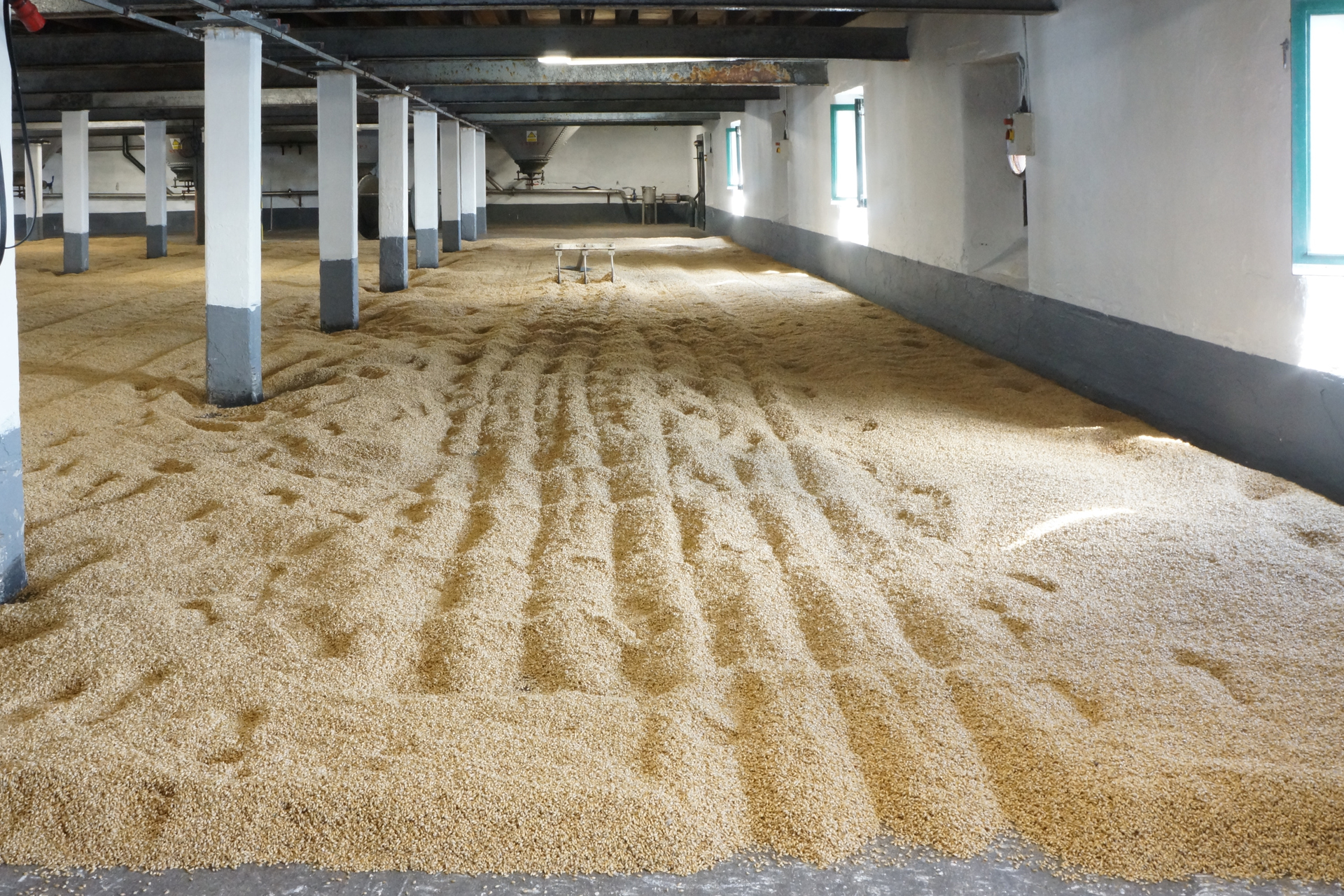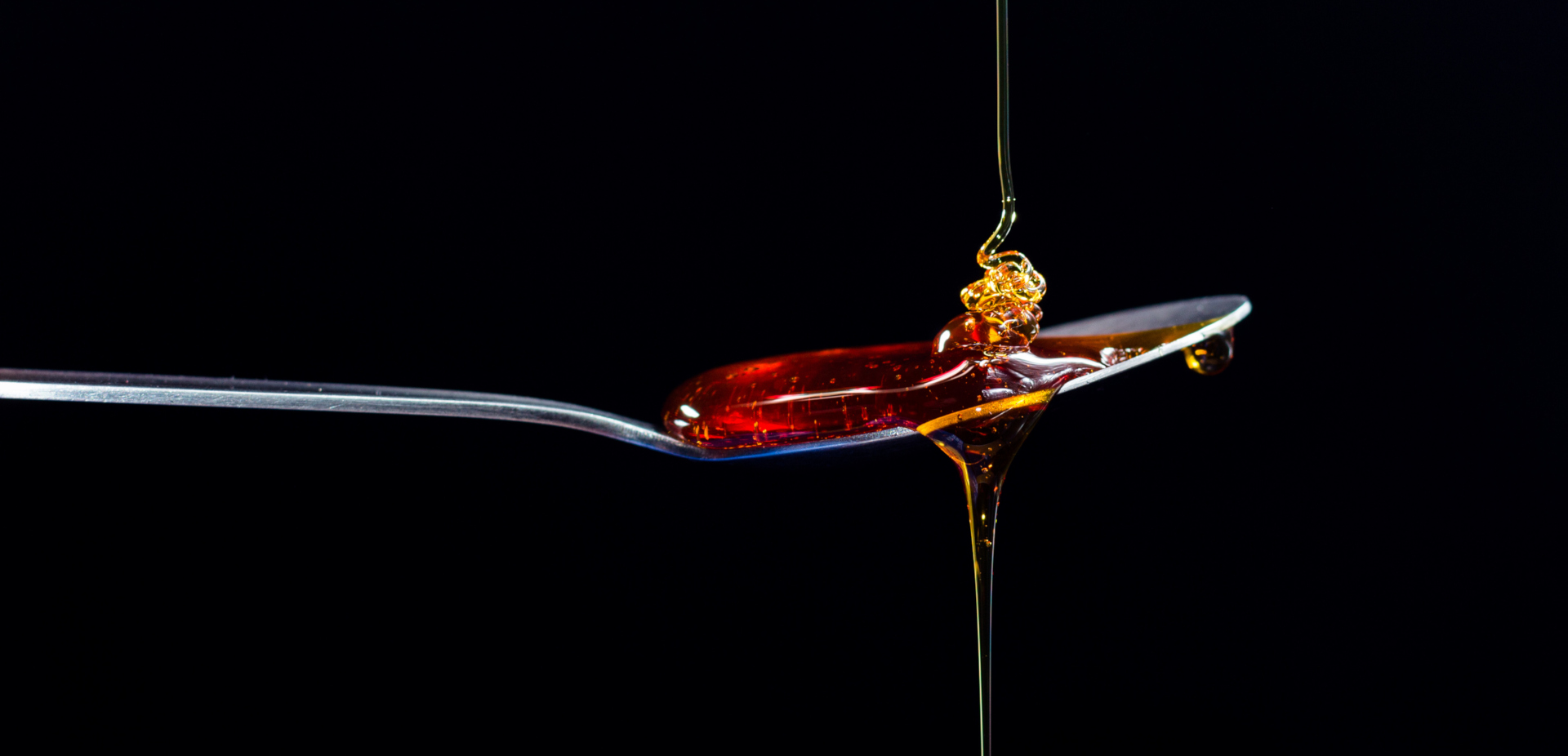Product development • En affordable, popular sugar alcohol with soft sweetness that performs well in chocolate, among other things. Maltitol is the most sucrose-like of all sugar alcohols, and also one of the most widely used in food production. But what about the aftertaste that so many sweeteners have? No problem with maltitol. So pick up some chocolate and read more about the sugar alcohol that comes from malted cereal.
Maltitol is a sugar alcohol that is almost as sweet as regular sugar and has many similar properties, but with fewer calories and less impact on blood sugar levels. This makes maltitol a popular solution for sugar reduction. We also use the sugar alcohol in several of our sweetened fibres. But not only, because maltitol is also notorious for its effect on sensitive stomachs. Do you want to know more? Read on!
Maltose
Like other sugar alcohols, maltitol is prepared from a type of sugar. The name hints that it is maltose. We will return to exactly how this is done.
Maltos, in turn, can be manufactured in two different ways. One has a history of thousands of years and is used extensively today, but not so much for making maltitol. For large-scale production of maltitol, a significantly modern process is often used.
Let’s look at both. We start with the tradition-heavy.
Malting
An important source of maltose is growing in our fields. It’s barley. Other cereals can also be used, but barley has an ace up sleeve. We will return to what it is.
The process begins with the grain being soaked for one or two days. They should be thoroughly moistened and allowed to draw plenty of water. It is called that they are steeped.
In the next step, the steeped grains are spread out and kept cool – typically 11–16 ° C – to allow them germinate for a few days. It comes as no surprise that this is called germination. During this time, the germ produce different enzymes, one of which will play a crucial role later in the process.
The little germ is allowed to grow for less than a week. When it is a little more than half as long as the barley, the germination is stopped by drying the corn. It’s called kilning. First, the sprouted grains are dried around 40 °C. Then most of the water evaporates. Then they are dried in warm air around 70 °C.
The process so far is called malting, and the dried grains that have started to sprout are called malt.
The ace up sleeve
A grain consists mainly of a germ, which is an embryo for a new plant, and endosperm, which is the embryo’s food sack full of starch.
Between the germ and the endosperm is a wall containing enzymes that are formed during germination. One of the enzymes is called amylase. It acts as a scissors that cuts starch into smaller pieces – including maltose.
Barley forms more amylase than other cereals. That is its ace up sleeve, because it makes malted barley better at converting starch into maltose than other malted cereals.
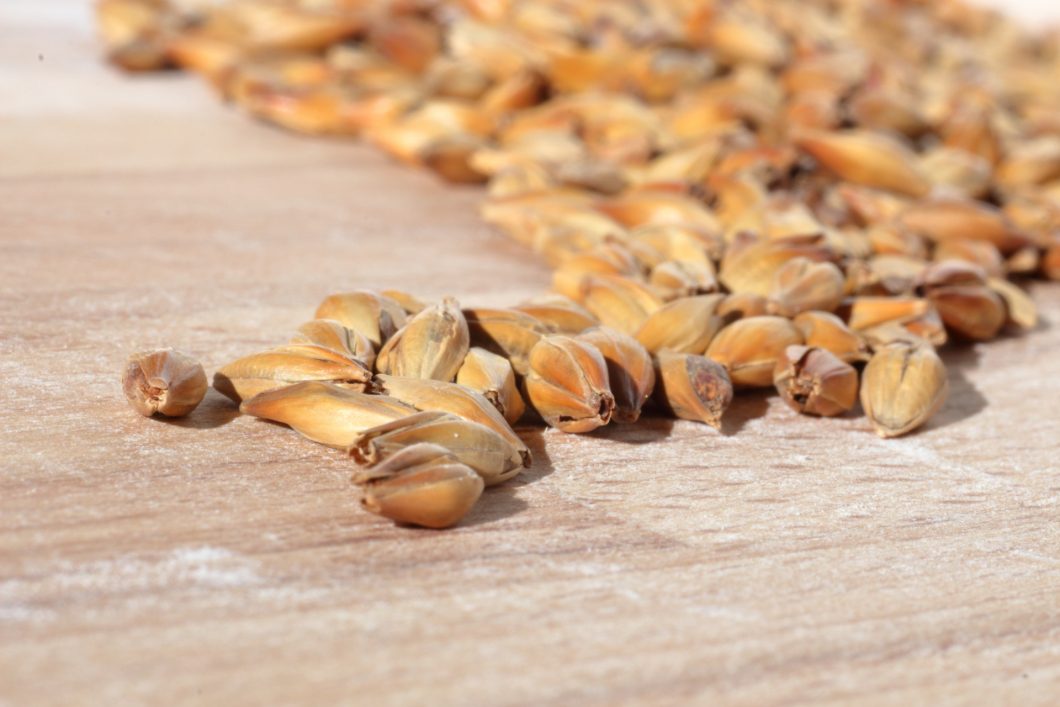
Amylase makes starch sugars
Starches are long chains with hundreds of glucose molecules linked to each other by glycoside bonds of a type called α-(1→4). It is these bonds that amylase cuts off. When this happens, individual glucose molecules and shorter chains of glucose molecules are released. The very shortest chain consists of only two glucose molecules. It’s maltose. The longer are called maltodextrin.
In other words, a malted barley contains everything needed to produce maltose. The only thing needed is to give amylase free access to ravage with starch of the endosperm. Time for mashing.
Mashing
The next step in making maltose is to crush the malted grains and pour them into warm water. The mix is called mash.
By stirring the mash while raising the temperature incrementally, the amylase is given the best conditions to access the grain’s starch and convert it into sugars and maltodextrin. The process is called mashing and the result is wort.
With wort you can make many goodies – for example beer and whiskey. But this is an article on maltitol, so we will follow another track.
Malt extract
In fact, maltitol production deviates from the beer/whiskey track already during mashing.
To get as much maltose as possible, more starch is added to the mash. In fact, it’s really the opposite. It is the malt that is added to starch dissolved in water, as a way to add the enzyme amylase.
The resulting wort is then concentrated by allowing the liquid to evaporate. The result is a maltose rich syrup. When prepared in this way, it is called liquid malt extract. This will in the next step be transformed into a maltitol rich syrup.
More modern production methods

Maltose rich syrup can also be produced in a more “modern” way.
The starting point is starch that comes from wheat, potatoes, maize, rice, cassava or some other starch rich crop.
By dissolving the starch in water and adding acid or enzymes, or both, and heating the mixture, the starch is broken up into smaller chains of glucose molecules, which in turn are broken up into even smaller chains and so on. This is called hydrolysis.
The enzymes used are different variants of amylase – the same ones found in malt. But instead of adding malt, bacteria and filamentous fungi that produce amylase are used.
After removing most of the water, a syrup consisting of glucose, maltose and maltodextrin remains. The proportions between them depend on which enzyme is used and how long it is allowed to act.
Enzymes with preference for different lengths
There are three types of amylase, which cut starch into smaller pieces in slightly different ways. The three types are denoted by the first three letters of the Greek alphabet: alpha (α), beta (β) and gamma (γ).
α-amylase cuts the starch somewhat randomly. It results in glucose, maltose and maltodextrin. Depending on how long the cutting is allowed to continue, you get different types of syrup.
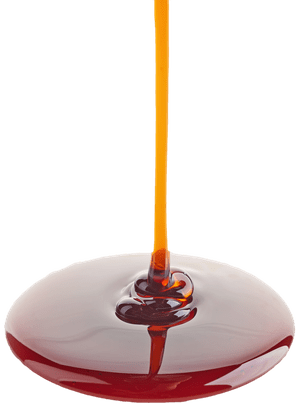
If the process is interrupted early, you get a syrup with mostly most maltodextrin. Although the syrup also contains other things, it is usually also called maltodextrin (but should really be called maltodextrin syrup).
If the process goes a little further, you get more maltose and glucose. Such syrup is called maltose-glucose syrup. If it is made from corn starch, it is also called high-maltose corn syrup.
If you continue for even longer, more and more glucose will be created. When at least 20 percent is glucose, the result is called glucose syrup.
If you want almost 100% glucose syrup, γ-amylase can also be used. It only cuts off a glucose molecule at a time.
And if only maltose is wanted (as in our case), you can use β-amylase, which cuts starch into chains of two glucose molecules (i.e. maltose). The result is maltose syrup.
Convert maltose to maltitol
Whether we have liquid malt extract, according to the 7,000 year old method, or maltose-glucose syrup or maltose syrup, using the significantly more modern method, we can convert maltose to maltitol by adding hydrogen under high pressure in the presence of a metal. This is called hydrogenation.
The metal, which often is a nickel alloy, acts as a landing site where a maltose molecule and a hydrogen gas molecule can settle before uniting and becoming maltitol. None of the metal is included; it is just a catalyst.
But it wasn’t just maltos in the syrup we started with. That’s why we also get other “hydrogenated starch hydrolysates”. For example, glucose is converted to sorbitol. But most of the syrup will of course be converted into maltitol. Therefore, the result is called maltitol syrup.
A typical maltitol syrup contains 50 to 80 percent maltitol, with mostly sorbitol in addition.
Almost like sugar
Maltitol is a sugar alcohol with many strings on its lyre. It can be used as a bulking agent, emulsifier, thickening agent, stabilizer and to retain moisture. But above all, maltitol, with 90 percent of the sweetness of regular sugar, is a sweetener.
As a sweetener, maltitol trumps regular sugar: 40 percent less calories and 47 percent lower GI. But maltitol is not best in class. That price goes to erythritol that does not affect blood sugar levels or adds calories at all.
But on the other hand, erythritol has a noticeable cooling effect in contact with saliva, which maltitol doesn’t. On the contrary, the sweetness of maltitol is described as clean, soft and harmonious.
And we don’t have to worry about tooth decay; maltitol is not cariogenic.
But the stomach can be upset. Maltitol binds water in the large intestine, which makes it laxative and can cause diarrhea. Therefore, products containing more than ten percent maltitol must be labeled with the notice that excessive consumption can have a laxative effect. In addition, maltitol is yummy for the good bacteria of the colon, which rewards our friendliness with gases.
Maltitol in foods
Maltitol, which in many respects is similar to sugar but has significantly less calories and less effect on blood sugar levels, is very useful in solutions for reducing sugar in foods. Maltitol is especially good for chocolate and milk products, and works well in sweets and chewing gum.
But it is rarely a good idea to replace one kilo of sugar in a recepie with one kilo of maltitol. Not least, it can cause stomach problems for consumers. Therefore, maltitol should be used with other ingredients to reduce or completely avoid added sugar.
The question is what the other ingredients should be, and in what proportions they should be used. In addition, new ingredients pose new challenges in manufacturing. All that is solved by sweetened fibres.
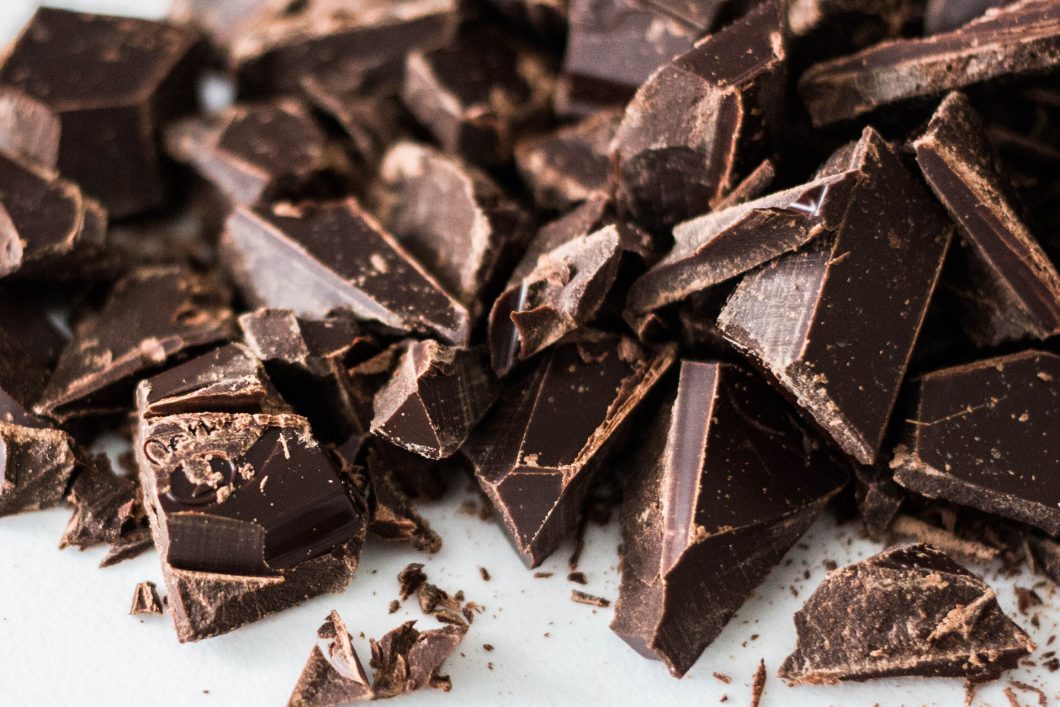
Sweetened fibre with maltitol
Sweetened fibres is a homogeneous composition of dietary fibre, high-intensity sweetener and other ingredients. The point is that they can be used instead of sugar without the need for recipes or manufacturing to change.
Sweetened fibres can be described as a turnkey solution for food producers who want to reduce or completely avoid added sugar, but who cannot afford the time and cost needed to develop a whole new recipe with new and perhaps foreign ingredients such as maltitol.
There is no single sweetened fibre that can be used everywhere. Different applications need sweetened fibres with different compositions. But quite often, maltitol is part of the solution.
Lastly
If you are want to try sweetened fibres in your recipe or formula, we can send you a sample of sweetened fibres of our brand EUREBA®. Call us at phone number +46 8 613 28 88 or send us an email to info@bayn.se. You can also read more about them and download product sheets.
Please, share this article if you liked it.
[et_social_share]

